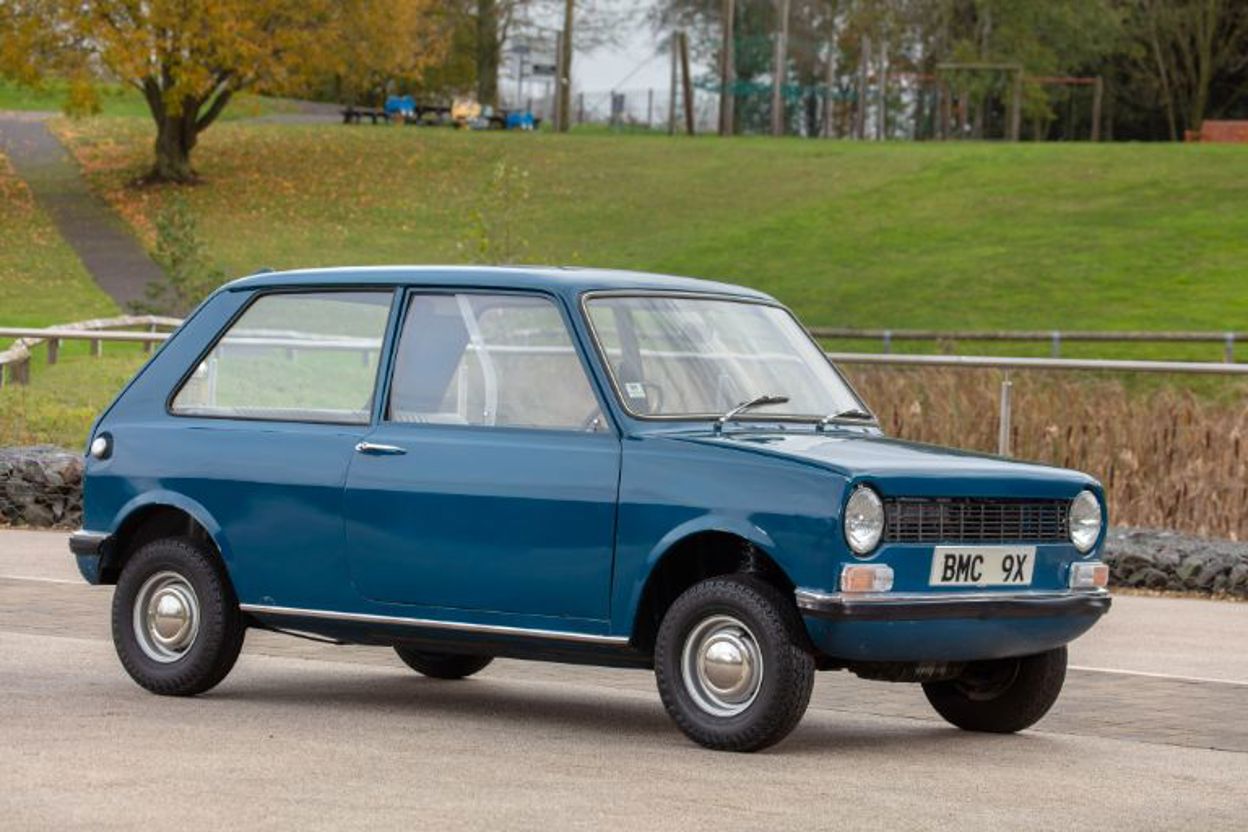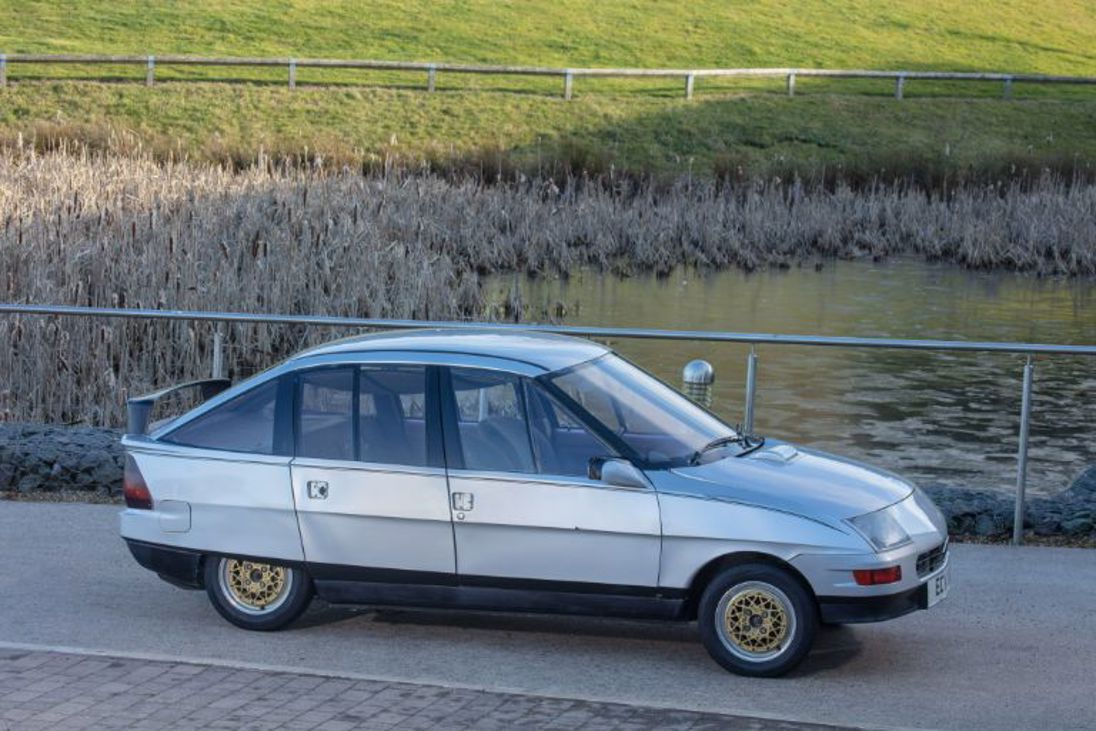- British Motor Museum wheels out awesome BL concept cars for FOTU.
- Rejected Mini would have been more modern and cheaper than the original.
- Replacement for Triumph Dolomite had a touch of Rover SD1 styling flair.
There's global excitement around the annual Festival of the Unexceptional (FOTU), the UK show that celebrates ordinary cars - including a Concours de l'Ordinaire selection of the 50 "rarest ordinary cars".
The British Motor Musuem will be a special guest at the 2025 FOTU event opening on July 26, and is bringing a selection of quite unusual ordinary cars, including a trio of concepts that never made it into production.
“Britain’s motor industry has definitely created many cars that today would be regarded as unexceptional," says Stephen Laing, head of collections and engagement at the British Motor Museum. "The Museum proudly exhibits not just the cars that were regular family transport in the 1970s, 80s and 90s, but also the stories behind them and we are very excited to be bringing some of them to the Festival of the Unexceptional.”
1969 Mini 9X hatchback prototype
At the end of the 1960s, the designer of the iconic Mini, Alec Issigonis, considered a new small car to replace it. He wanted room for four adults and luggage, with competitive specification and a price that was 5% below the Mini price at the time.

The outcome was a squared-off 2-door hatchback, a new "9X" 850cc engine and transmission as well as a revised specification and greater ease of servicing. The engine alone offered 40% weight saving.
Hydrolastic suspension gave way to new components, including vertical struts and independent rear suspension via torsion bars. The new body shape offered increased passenger and luggage space.
However, the new hatch did not pass the concept stage as British Leyland management were unresponsive to his ideas. It is regarded by many as a missed opportunity, as European manufacturers introduced their own hatchback cars only a few years later.
1975 Triumph SD2 prototype
This is the only surviving prototype of the SD2, a design which was at one time scheduled to replace the Triumph Dolomite. Although it bears some resemblance to the Rover SD1, both cars being the work of David Bache’s studio team, it has a style uniquely its own.

British Leyland’s financial state in the late 1970s was poor and a government report had recommended drastic rationalisation. As the project advanced, it became evident that the considerable investment that would have been necessary to put the SD2 into production was out of the question.
Instead, Triumph’s history took a different turn, and the Dolomite was replaced by a BL-Honda collaboration that emerged in 1981 as the Triumph Acclaim.
1981 British Leyland ECV3
British Leyland Technology was headed up by renowned engineer, Spen King and one of his first projects was to look at energy efficient vehicles for the future.

Energy Conservation Vehicle 2 (ECV2) was based on a modified ADO88 prototype, a forerunner of the Metro. It looked clumsy but managed a then-impressive 60mpg (4.7 l/100km).
ECV3 was a more serious attempt with a structural aluminium frame, clothed in unstressed plastic panels and bonded windows. The aerodynamic body gave a very low drag co‐efficient of 0.24Cd. It might have been all about efficiency, but in the spirit of the Mini, there was also plenty of room inside for four adults.
The concept was powered by a new 1.0-litre, 3-cylinder, fuel-injected, single overhead camshaft engine. It could deliver an astounding average fuel economy of more than 100mpg (2.8l/100km).





